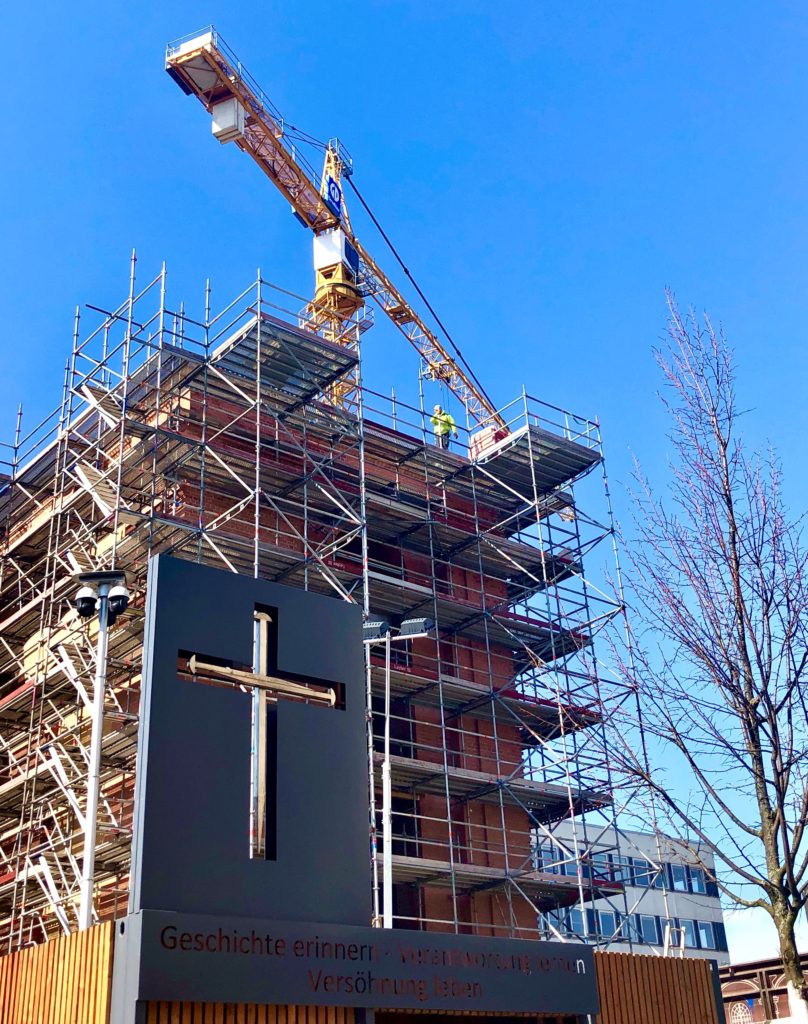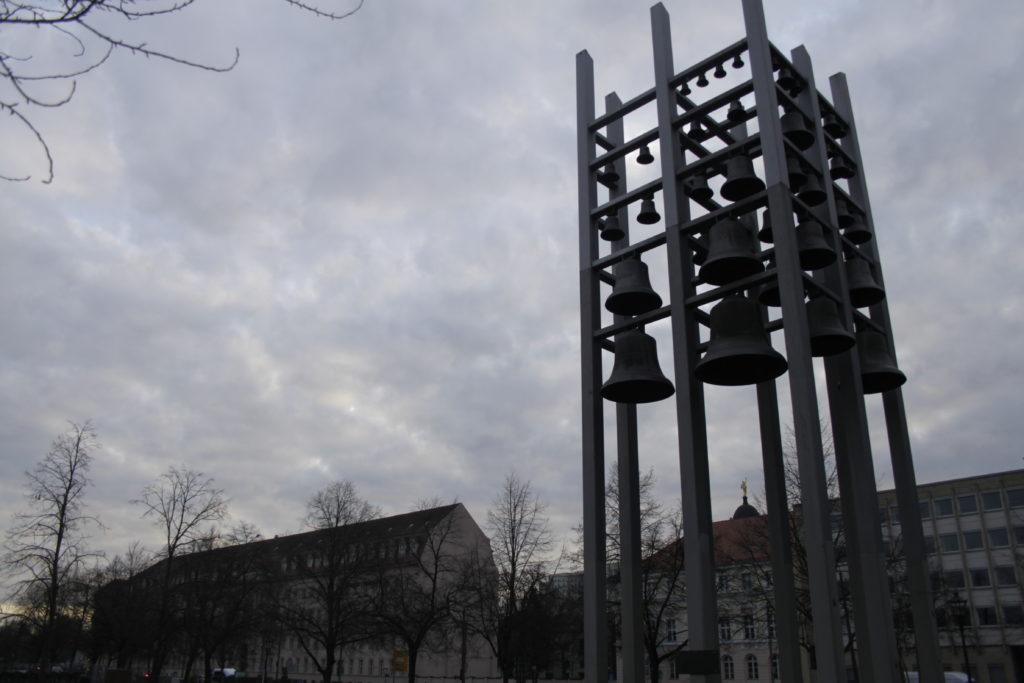Africans, Turks and baptisms at the Garrison Church
This is a guest contribution by Stefan Theilig
The Garrison church is a landmark in Potsdam. It has a long history: it burnt down during the Second World War, then the socialist party destroyed it, and in 2018, the city started rebuilding it. But it is interesting to us because it is in this church that African and Ottoman members of the Prussian army were forcibly baptized in the 18th century.

Europeans ships had brought enslaved Africans to Brandenburg as early as in the 17th century. The Great Elector Friedrich Wilhelm entered the transatlantic trade when he established a colony on the West-African coast. You can learn more about it in our guide in the Sanssouci park.
At the time, keeping foreign servants at court was a new European fashion. Because Europeans only saw difference between themselves and others, they considered them as exotic. The growing demand for African servants at European courts encouraged the trade of enslaved Africans. Europeans sold them on slave markets in Amsterdam and London. They were then forced to work at the court or in the military, and their legal status prevented them from becoming free. There were some notable exceptions like Angelo Soliman or Abram Petrovich Gannibal, but they do not represent the conditions of the majority of those Africans in the 18th century.
Numerous conflicts with the Ottoman Empire also took place between the 16th and the 18th century. Similarly, thousands of Ottoman people were captured and taken away as prisoners of war. The Ottoman Empire stretched from the Indian Ocean to the Caspian Sea, and as far as the Atlantic Coast. In the sultan’s army, people of different cultures and religions fought next to each other. Ottoman troops therefore included people from the African Continent, the Arab World and Western Asia. A wide range of European Christians also considered them as exotic and suited to be servants at their courts.
Those non-European captives were therefore victims of an aristocratic fashion rooted in exoticism. Europeans themselves called this fashion “Turquerie”.
Their lives and the history of their suffering is largely unknown. Most of them were children or good-looking young women and men forced to work as escort or entertainers. European aristocrats often appointed young men as chamber servants. Those servants were often forcibly baptized. Baptism officially ended their enslavement, since becoming Christian meant becoming legal citizens with rights. Educators and priests taught them German, theology and courtesy to prepare them for this christening ceremony.
Those so-called Turkish and Moorish baptisms were important social gatherings at court. They were not done in a missionary style, but rather represent emblematic desires of the baroque era. In Potsdam, these ritual baptisms mostly took place in the Garrison Church in front of you. When the Ottoman wars ended in the early 19th century, Turquerie and this aristocratic fashion also disappeared.
To learn more about some of the Africans who served in the Prussian military, read Stefan Theilig’s contibution on the military orphanage.
Translation from German by Yann LeGall

